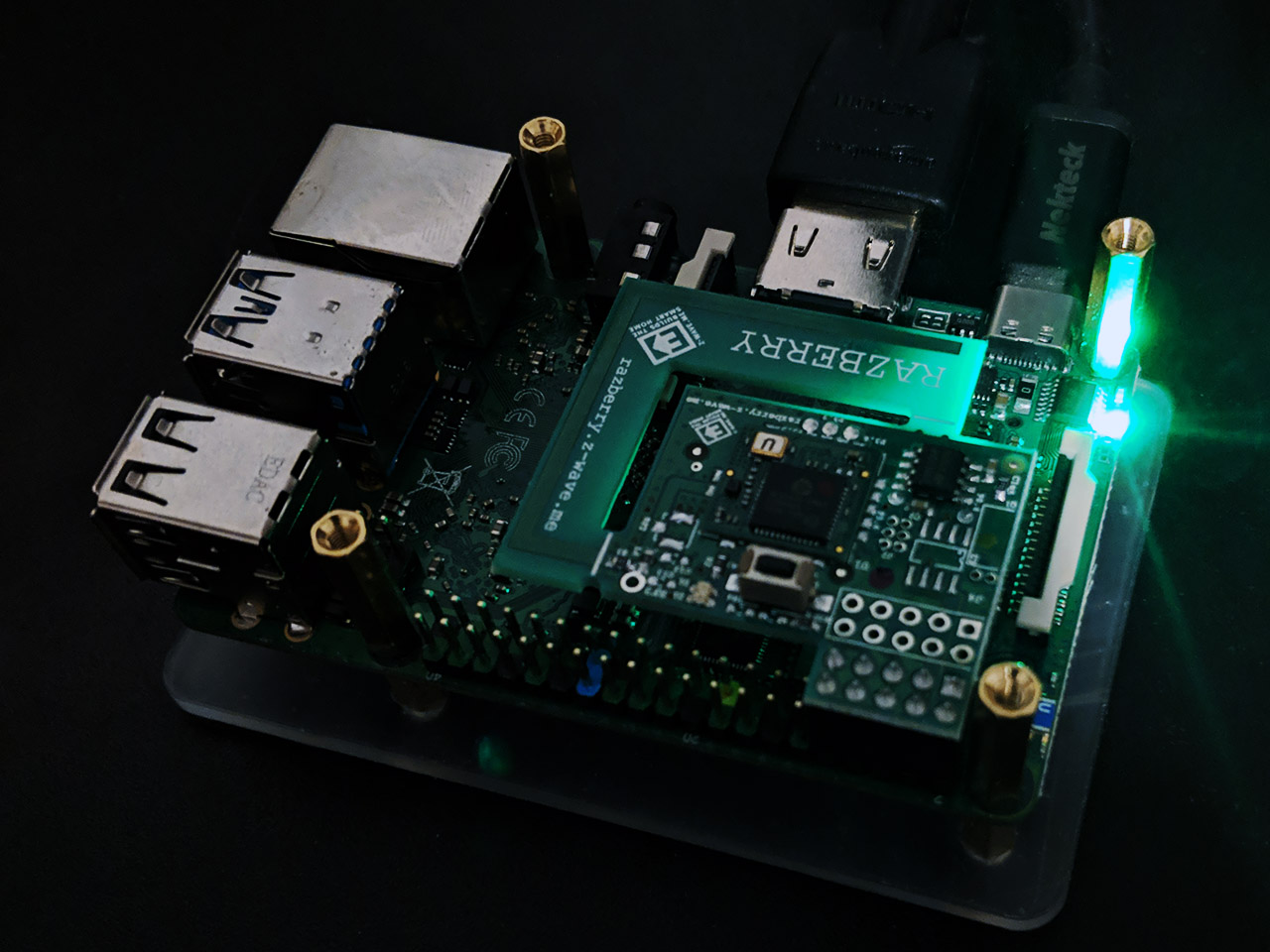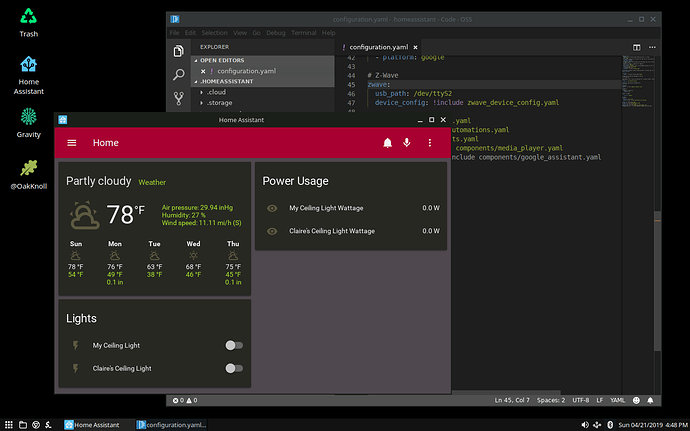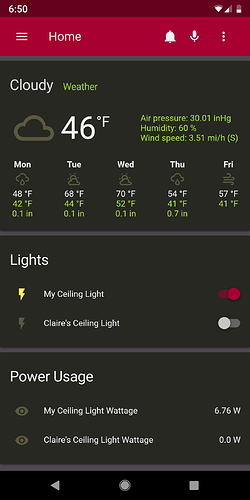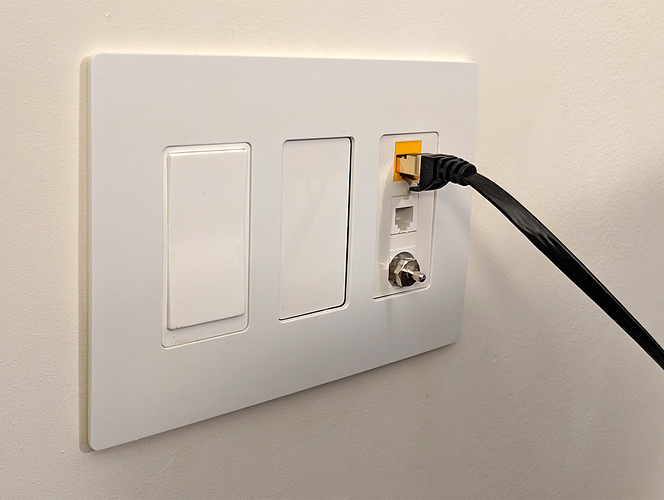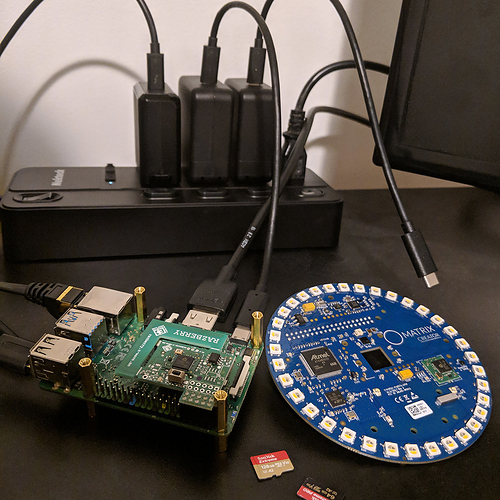I chose with Home Assistant for my smart home project after tried other solutions.
I’m using a ZWave.Me RaZberry HAT on Rock Pi 4, and a pair of Enerwave Smart Switch with Energy Monitor as starter. Probably you know Rock Pi 4 doesn’t work out-of-box with HATs talk on RX/TX, actually neither Raspberry Pi 3. They have different problem but all have the same symptoms, RX/TX are occupied by other functions, on Raspberry Pi 3 it’s the Bluetooth, on Rock Pi 4 it’s the FIQ debugger.
Picture: Z-Wave.Me RaZberry riding on Rock Pi 4
After Radxa released the overlays to address the issue, I was able to install ZWave.Me’s official software Z-Way on Rock Pi 4 (the official Debian armhf image), but nobody wants to settle down with armhf when the hardware is capable for 64 bit operation. While I’m working on the OS, I tried the other popular open source smart home software, OpenHAB2, Domoticz and Home Assistant.
They all have their own issues. Z-Way provides free cloud service and the most comprehensive control of RaZberry (of course it’s their own product), but I can’t get Google Assistant installed for some reason. OpenHAB2 is programmed in Java, it’s the worst with Z-Wave (how about Zigbee I don’t know), if you flipped the smart switch manually, the system will never update the status. It can’t read the wattage either. I don’t know how would anyone use the software while it can’t do the very basic thing of a power switch. Home Assistant is a Python software, the installation is buggy and slow, I had to manually install Z-Wave component, but it works once it’s installed and configured correctly. The catch is, you need to pay $5 a month for it’s cloud service (oh my is it open source?) to make use of Google Assistant (and probably Amazon Alexa, I don’t know if you are still interested when “thousands of Amazon employees” could listen to your conversation). In contrast, Samsung Smart-thing, supports both Z-Wave and Zigbee, provides free cloud service and work with all smart speakers out of box for $99 one time payment - open source is not about the cost after all 
Picture: Home Assistant running on Rock Pi 4/Debian ARM64 (yes I got VS Code installed on Rock Pi 4 too)
Picture: Access Home Assistant through smartphone
When we go with open source, I want to give myself some good reason, I want “total control” over my devices, I want to be able to inspect every piece of the code if I chose to (just in theory, nobody can do that, besides there are always be vendor BLOBs).
My future plan includes building a cloud tunnel so I can use Google Assistant service for free, and replace RaZberry with Matrix Creator (which has both Z-Wave and Zigbee), while adding more devices to the mesh, and use the microphone array on Matrix to build my own smart speaker.
Picture: Enerwave Smart Swith with Energy Monitor, in a 3 gang box next to ethernet and satellite hub.
Picture: Rock Pi 4 and the ultimate HAT Matrix Creator vs ZWave.Me RaZberry
